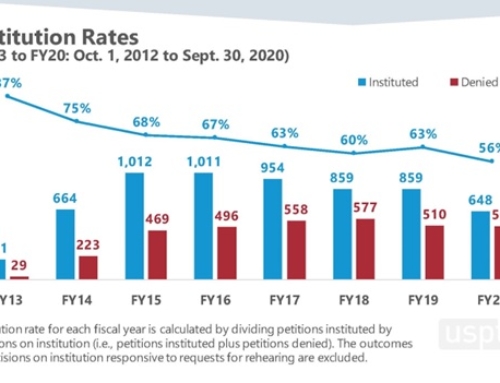By Cecilia Martin and Drew Lowery
Originally published July 28, 2020
The mRNA vaccine space is emerging as a promising alternative to traditional vaccine platforms, as mRNA vaccines can be manufactured quickly and tailored for a broad range of conditions. In clinical studies, mRNA vaccines targeting various infectious diseases and cancer were generally safe and well tolerated. Over the past few years, multiple mRNA vaccines have been refined and validated in studies of immunogenicity and efficacy. Four of the vaccine candidates currently in clinical trials to prevent COVID-19 (which is caused by SARS-CoV-2) are mRNA vaccines: mRNA-1273 (Moderna), BNT-162 (BioNTech), CVnCoV (CureVac), and LNP-nCoVsaRNA (Imperial College London).
To better understand the intellectual property (IP) surrounding mRNA vaccine development, we generated a detailed IP landscape by reviewing and indexing English-language US, European, and international (covered by the Patent Cooperation Treaty) patents and applications published from January 2010 to April 2020 (Supplementary information). Documents were limited to filings containing claims restricted to vaccines encoded by mRNA. We identified 113 INPADOC patent families relevant to the search focus that were indexed by indication, methods of delivery and pharmacological modifications based on the claims (Fig. 1).

Fig. 1 | Patent filing activity for mRNA vaccine by indication focus and optimization methods. a | Filing activity plotted by filing year and indication focus (infectious diseases, cancer and platforms). b | Patent documents plotted by filing year and by optimization methods to address mRNA instability, inefficient in vivo delivery and innate immunogenicity. Circles are coloured according to optimization method and the area of the circle indicates the total number of patent or applications filed in a given year. The area in the concentric circles indicates the number of patents or applications filed in a given year claiming delivery by lipid nanoparticle.
Access the Full Article
By submitting your information to access this article, you consent to Global Prior Art to use this information to keep you informed about products, services and events.
This paper was originally published in Nature.com, republished with permission.


